 Part of my work as an author is to give lectures. I do two six week seasons in the autumn and spring all over the country, speaking about the social history of the Second World War among other topics. The ITV drama series HOME FIRES, inspired by my book Jambusters, is a favourite theme at the end of my talk about women and war. Everywhere I have been since May 2016 I have been harangued by people who are desperate for answers, confused why the series ended on such a dramatic cliff-hanger and who would love nothing more than to see HOME FIRES return to their screens. I politely explain the ITV line that the broadcaster is seeking constantly to refresh their offering. That explanation is not always well received and often produces sarcastic laughter.
Part of my work as an author is to give lectures. I do two six week seasons in the autumn and spring all over the country, speaking about the social history of the Second World War among other topics. The ITV drama series HOME FIRES, inspired by my book Jambusters, is a favourite theme at the end of my talk about women and war. Everywhere I have been since May 2016 I have been harangued by people who are desperate for answers, confused why the series ended on such a dramatic cliff-hanger and who would love nothing more than to see HOME FIRES return to their screens. I politely explain the ITV line that the broadcaster is seeking constantly to refresh their offering. That explanation is not always well received and often produces sarcastic laughter.
Last week I was lecturing in Exeter and among the audience was the mother of a senior crew member from the drama. She told me that she had learned from her son that the reason it had been cancelled was because it was too white and middle class. I had guessed that might have been one of the reasons it was not re-commissioned but I had not heard the remark from a reliable source. I cannot let that go. This is my response, tempered after a week of editing my thoughts and controlling my indignation.
Rural Britain in 1939 was predominantly white. That cannot be denied. But it was far from middle-class. Mass Observation, that brilliant window on everyday life, presented the most valuable of vignettes in its myriad reports, diaries, questionnaires and observations during the early years of the war. Set up in 1937 by three young men, anthropologist Tom Harrisson, poet and journalist Charles Madge, and filmmaker Humphrey Jennings, its aim was to document and record everyday life in Britain through the eyes of ordinary people. They listed four classes in Britain in the late nineteen thirties: upper class, middle class, artisan class and unskilled working class. They estimated that the working class accounted for sixty-five per cent of the population as opposed to roughly fourteen per cent in 2015. The upper class, or aristocracy, represented five per cent and the remainder (thirty per cent) was split between the burgeoning middle class of the nineteen thirties and the artisan class, which included skilled workers on low incomes. This is reflected in all the research I have done for my books on the social history of the Second World War and was picked up by the writer Simon Block for HOME FIRES.
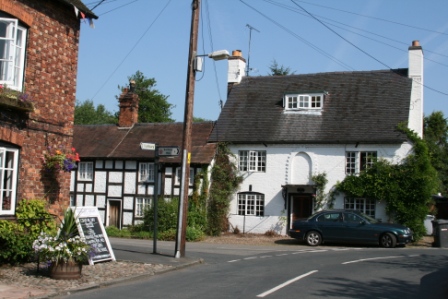
A typical village in the early twentieth century would have a manor house, inhabited by the squire and his family, who might be resident full time or who might only come down for the hunting. Then there would be the farmers, some owning their own farms, others as tenant farmers but many of very long standing. These families, headed by the men, might have been working the land for many decades, if not centuries. Resistance to change, and in particular to book learning, was strong among this group. The main body of the village would comprise farm labourers and their families, who again might have been living in the village and serving the big house for generations. Some villages had a doctor and he, as a man of learning with knowledge of science, was held in high regard. The vicar or priest was accorded equal respect. A few villages could boast an artist or two but they were generally on the periphery of village life and not part of the hierarchy.
HOME FIRES echoes this picture of English rural life at the outbreak of the Second World War. Joyce Cameron is the wife of the wealthiest man in the village, even though we barely get to see Douglas Cameron in the series. I have always imagined him as owning farms and land in the in the area around Great Paxford. Joyce could best be described as old school middle-class in that she was born into the privilege rather than earning her way into it as the other middle class character, Frances Barden, would have to have done. Frances and Peter, a wealthy factory owner, are both university educated and belong to the new middle class that, frankly, appalled Douglas and Joyce Cameron. Their household, with Cookie and Thumbs – the cook and gardener – and Claire Hillman, the housemaid, represents a fairly typical well-to-do family of the era. Had the Bardens had children, there would have been a nanny and quite possibly a nursery nurse. That is the sum total of the middle-class characters in Home Fires and they dominate the drama in the early episodes, in keeping with the mores of the time.
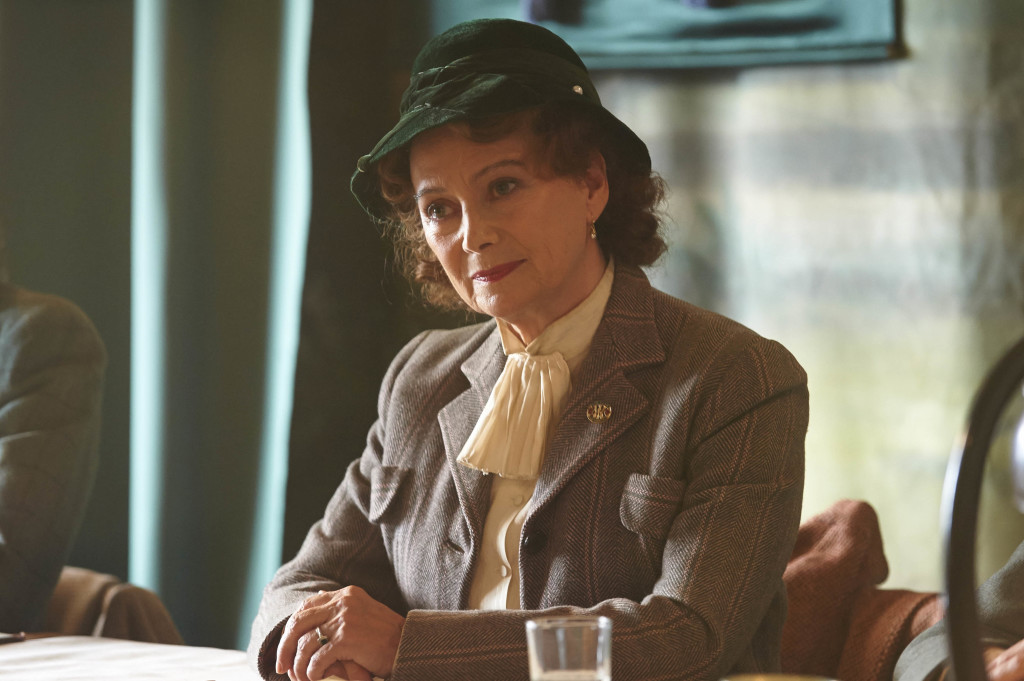
copyright ITV
For the women in Great Paxford the arrival of the Women’s Institute, probably in the early nineteen twenties, did more for their social mobility and education than anything else. It gave them a reason to meet up and discuss any number of topics regardless of their social background. When the WI was set up in Wales 1915 it was modelled on the Canadian model of a safe meeting place for women to expand their horizons, share experiences, learn and try new things and, above all, it was meant for every woman, whatever her personal circumstance. From the word go there was to be no bar for anyone joining the WI. Church and Chapel, Conservative and Labour, upper and working class, gay and straight – everyone was welcome. This did not always succeed, especially if a village were hide-bound by ancient traditions and divisions. But the first two episodes of HOME FIRES shows how that could be and was broken with a change of leadership. Under the guidance of Frances Barden the Great Paxford Women’s Institute opens its doors to a wider spread of women from the village and welcomes incomers.

Their first recruit from the village is Steph Farrow, a tenant farmer who runs her herd of a dozen cows with her son Little Stan. It is possible that her farm is owned by Douglas Cameron, although that has never been mentioned. Certainly it does not belong to the Farrows. Her husband, Stan, goes off to war leaving Steph in charge and she soon gets into difficulty with the Ministry of Agriculture when she finds it impossible to keep up with her paperwork. We realise that she can neither read nor write. Illiteracy among women born before the First World War was high and it was something that the Women’s Institute was keen to address. Education was, and remains, the keystone of the movement and it gives the WI its present charitable status. Thus it is entirely in character that Steph is taught to read and write by a fellow WI member, Teresa Fenchurch, the teacher from Liverpool.

copyright ITV
Teresa is a breath of fresh air in Great Paxford. Coming straight from a poor area of the city she has experience of all types of families and children. She is no doubt the first in her family to be educated to teacher level and the passion with which she encourages the children to learn to read and write is something new in the village. She understands how education can change lives and open doors for children who, in the past, would have had to follow their parents into farming or service. Her past liaison with Connie, a fellow teacher from Liverpool, is the key reason she had to leave the city and she hopes to put it behind her. She is typical of the kind of woman who came from the city to the countryside during the war, though many of the teachers who ended up in village schools were there because of the evacuation of school children rather than by choice. This chimed with many viewers who remember their parents talking about the quality of teachers coming from the cities into the countryside during the war and raising the standard and ambition of local teaching.
Teresa’s landlady, Alison Scotlock, has her own secret that she is keen to hide. Although ostensibly a respectable working woman trained as a book-keeper, she is not legitimately Mrs Scotlock. She and George were not married as he was unable to obtain a divorce from his first wife. Had this become widely know in Great Paxford she might have found it difficult to stay. She therefore lives dangerously close to the edge of society and her entanglement with the world of crime is born out of necessity. Her friendship with Teresa is understandable: They each learn the other’s secret and agree, in an unspoken understanding, to keep it.
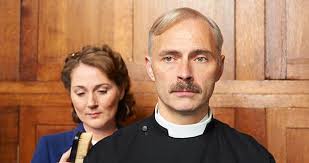
Dr Will Campbell, as a professional, is held in high regard as is Adam Collingbourne, the vicar and their wives enjoy status because of their husbands’ professional roles. Erica and Sarah soon evolve as powerful characters in their own right and we see the world through their eyes rather than that of their husbands. The novelist Penelope Fitzgerald, the daughter of a vicar, wrote that the dilemma for vicars was they had to live a middle-class lifestyle on a working-class salary. That is hinted at in Home Fires because Sarah has no help in the vicarage and is happy to take in a lodger at the outbreak of war. Erica Campbell helps to bolster the family’s income working as the practice pharmacist, something that is especially helpful during series two when the family fortunes are affected by Laura’s affair with her boss.

Photographer: Stuart Wood
copyright ITV
Bryn the Butcher is from North Wales, probably the son of a butcher or a farmer, and his wife, Miriam, hails from the same sort of background. The butcher’s place in the village, like that of the greengrocer, garage owner and postman, was such that they would have addressed most of their customers as Mr or Mrs so-and-so. They belong to the artisan class as defined by Mass Observation. Bryn probably encouraged Miriam to join the WI in order to make friends with other women in the village and to help to break through the class barriers.
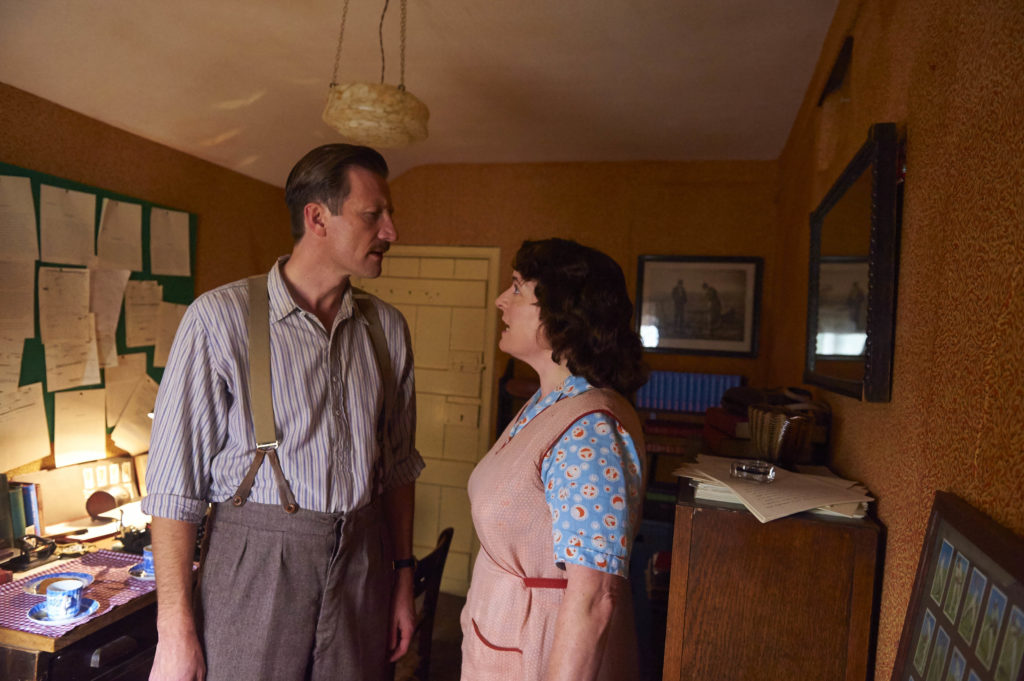
Photographer: Stuart Wood
copyright ITV
Bob Simms and his long-suffering wife, Pat, represent the dark side of village life in the nineteen thirties. Bob is a frustrated writer. His first novel was a runaway success but he has failed to match that with any subsequent writing. Pat lives to service Bob’s writing life. The domestic abuse she suffers at Bob’s hands is not unusual for that era – nor sadly for today – and the secrecy that surrounds it plays to the conspiracy of silence that is prevalent in abusive households. Whether she and Bob were ever able to consider themselves middle-class is a moot point. From the perspective of where we first meet them in Home Fires they have definitely slipped down the ladder to surviving on a working class income with Bob getting jobs where he can. He is too proud to admit that Pat could help out by working but eventually she prevails and we celebrate her tiny bit of freedom from the tyranny of their domestic life.
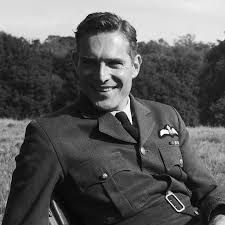
Other characters who are introduced into the drama in uniform join that mysterious ‘class’ that was, by its nature, classless. Some 15 million men and women were entitled to wear uniform over the course of the Second World War. Some were in the armed services but others were in organisations such as Air Raid Precautions, Home Guard, Women’s Voluntary Service or the Women’s Land Army. Women were called in to take over roles that were traditionally the preserve of men. They worked as tram and bus conductors, they stripped engines of all sizes, from locomotives to lorries; they worked in factories making uniform, parachutes, helmets or munitions, camouflage nets and vehicles. All these people belonged to a special caste that changed with their clothes. Zelma Katin was a tram conductor in Sheffield during the day and a housewife by night. She wrote: ‘The Englishman’s inhibitions vanish before the sight of a uniform and he speaks far more readily to conductresses than to fellow-passengers. I suppose he feels that as we are public servants he has a stake in our personal lives.’ Jenny Hillman, the village gossip, takes on a whole new persona when she joins the WAAF in series two while our admiration for Wing Commander Nick Lucas cutting a dashing figure in his blue uniform is such that we never even question what his background might be.
The young people in the drama – Will and Erica’s girls Kate and Laura; David Brindsley, the butcher’s son; Claire Hillman and Spencer Wilson, housemaid to the Bardens and postman respectively are all less inhibited by their backgrounds and point forward to the social mobility and class upheaval that grew out of the Second World War.
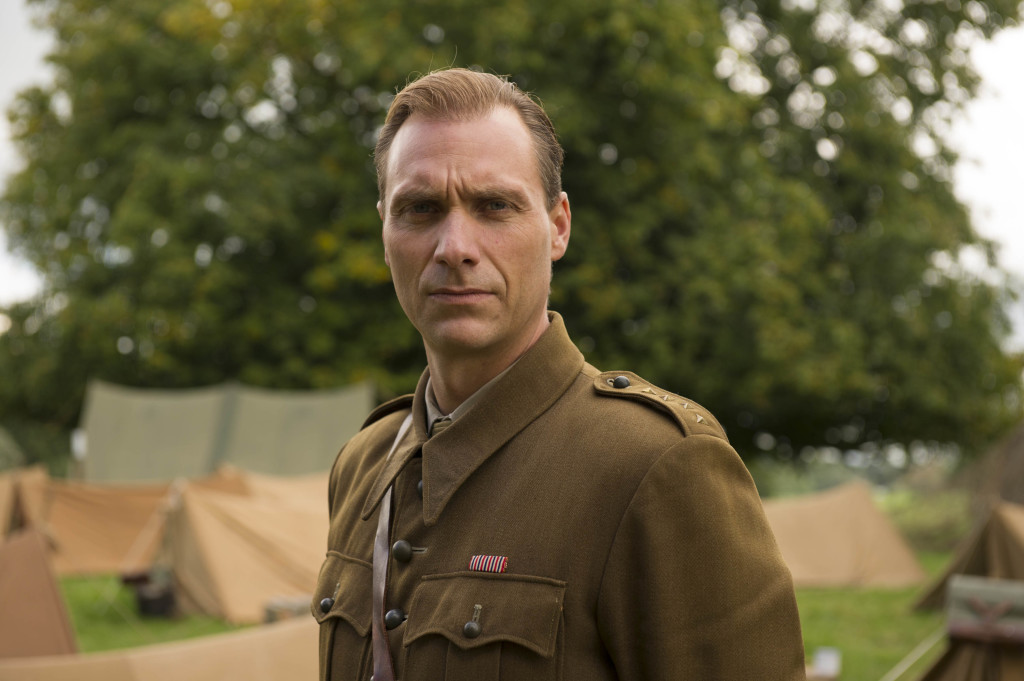
copyright ITV
And then we have the foreigners who appear in the second series. There is Mrs Esposito, an Italian who has lived in the village for twenty years. She is rounded up and arrested as an enemy alien along with 19,000 of her fellow countrymen on Churchill’s orders but not before we witness the shocking verbal abuse of her by the local children. They run behind her shouting ‘Wop Wop’. Meanwhile, 4,000 Czechoslovak soldiers arrive in Cholmondeley Castle in June 1940 and as Great Paxford is just down the road from there we get to see them in the second series. The Czechs fought with great distinction alongside the Allies in the Battle of Britain, D-Day, Arnhem and many other battles besides. They, along with the Poles, who were at this stage not in Cheshire (though they turned up later in the war) were among the huge number of servicemen from all over who fought alongside the Allies.
Had we been allowed to continue with Home Fires the face of Great Paxford would have changed, as did the face of rural Britain, as wave upon wave of incomers changed life in the countryside forever. This culminated in 3 million American GIs which included 130,000 black soldiers, a battalion of whom were housed in Tattenhall, just a few miles down the road from Great Paxford. Sadly that honour has been denied us and I deeply regret that we were never able to tell the whole story.
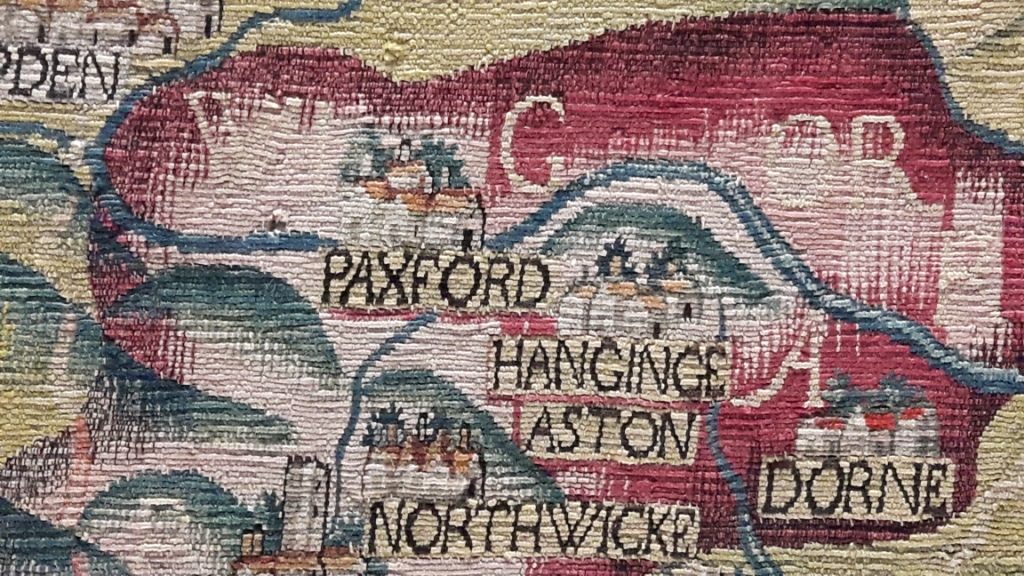
I think one of the reasons why HOME FIRES resonates so strongly with its audience is precisely because it is not a one dimensional middle-class drama. The history is so interwoven with the stories that it represents a snap shot of real-life seventy five years ago. The men and women whose lives we see created on screen in the brilliant scripts by Simon Block are in our DNA. Their lives and experiences have echoes in our own past. Their joy and pain, their losses and gains, are universal and familiar. They are in our parents, grandparents, great aunts and uncles. The world is one we can recognize and I am only sorry that the powers that be could not see how relevant and important that was, and remains, to many people who love the series.